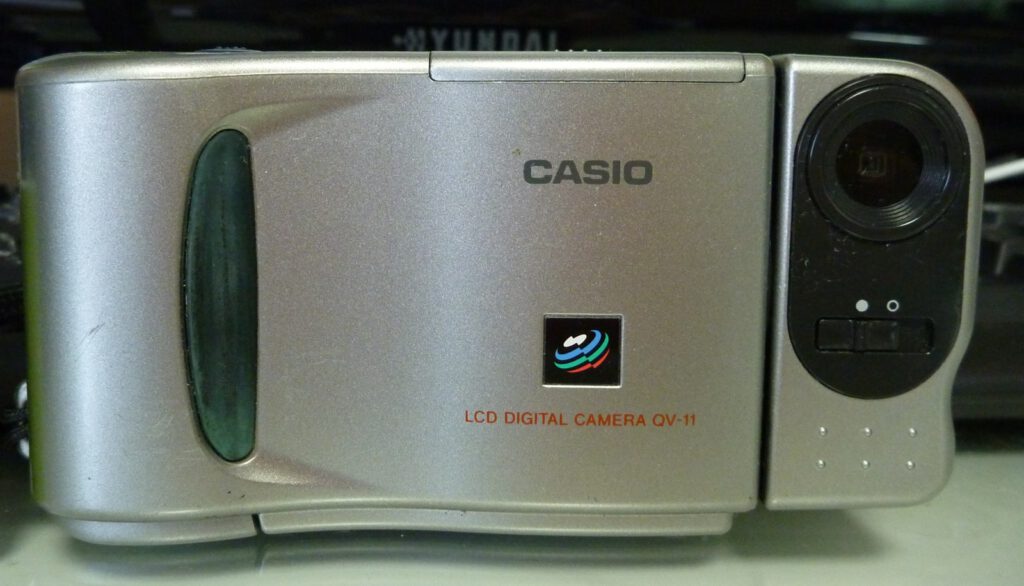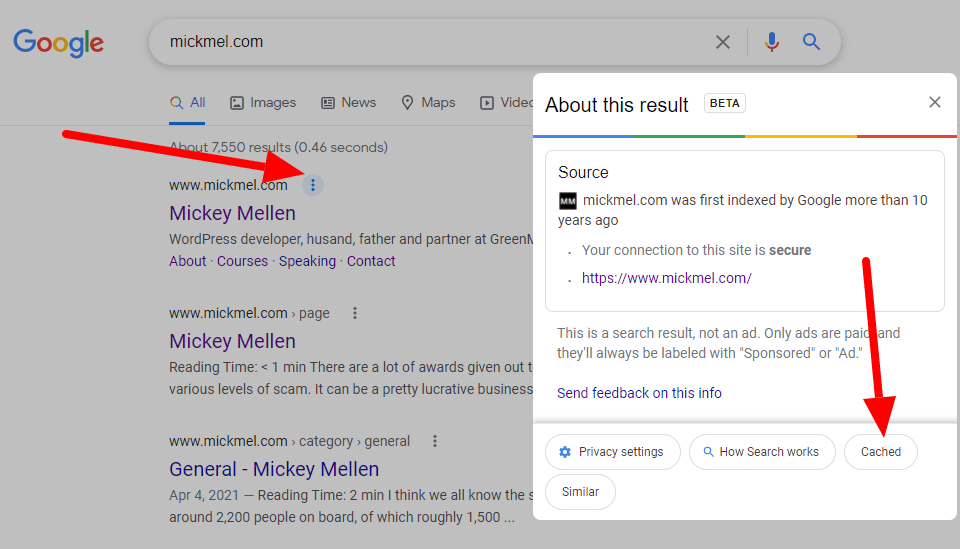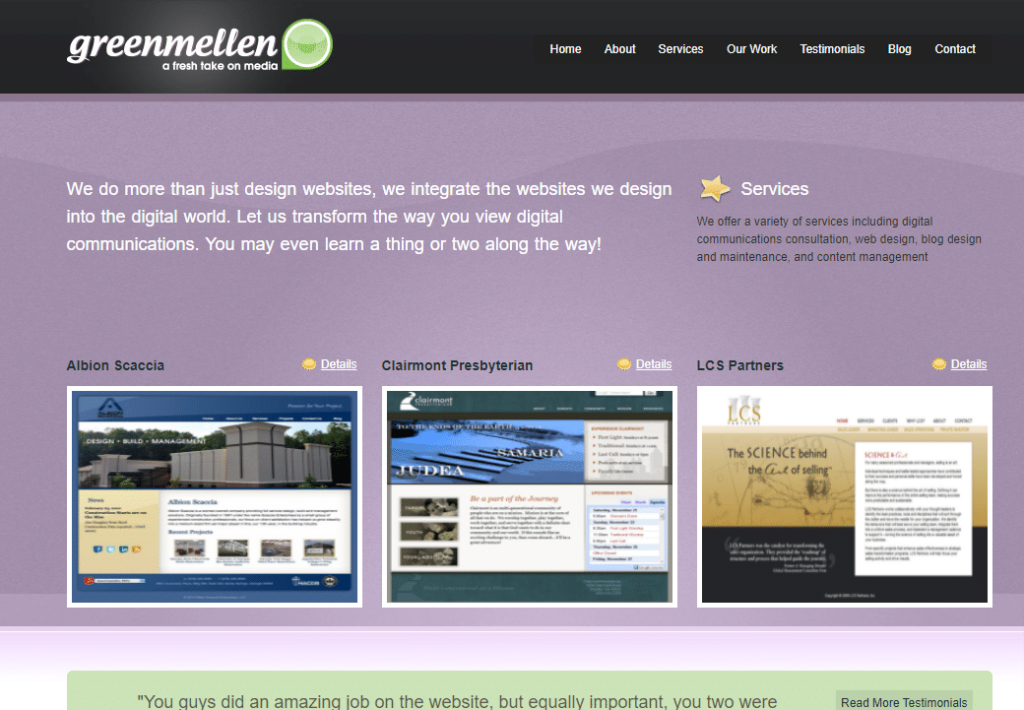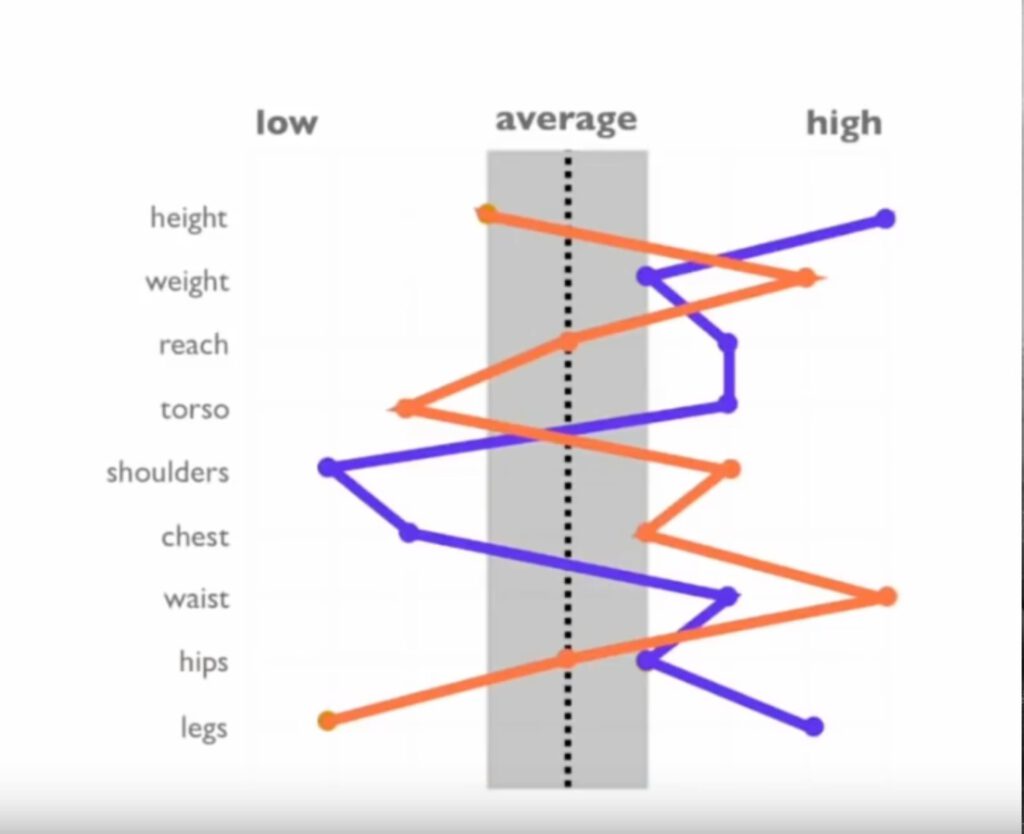I’ve said before that I don’t think Facebook is listening to you through your phone, but the truth is perhaps much worse. The amount of detail (and information they can derive from that) is staggering.
This crazy technology can be a good thing, too. I’ve thought for years that companies like Apple would find a way to monitor things like blood sugar levels with non-invasive sensors, and it seems it’s finally on the horizon. That’s been on my mind ever since I saw this crazy device that can check the safety of drinking water from outside of the cup. Neither of those technologies is perfect yet, but the fact that they exist means perfection is coming.
This kind of “crazy” tech goes back much further. From the book Sapiens came this gem from World War Two:
During World War Two, BBC News was broadcast to Nazi-occupied Europe. Each news programme opened with a live broadcast of Big Ben tolling the hour – the magical sound of freedom. Ingenious German physicists found a way to determine the weather conditions in London based on tiny differences in the tone of the broadcast ding-dongs. This information offered invaluable help to the Luftwaffe. When the British Secret Service discovered this, they replaced the live broadcast with a set recording of the famous clock.
The good news is that the “good guys” are making these kinds of advances as well (if you want to pit companies like Facebook and Google as the “bad guys”). Small companies and individuals are making amazing discoveries. For example, the company behind the blood sugar monitoring tech that Apple is looking at is one you’ve never heard of before (Rockley Phototonics).
In terms of individuals, I’ve noticed this in even smaller situations too. Years ago I created a Risk-like game for Google Earth called “Google Earth War“. It wasn’t too fancy, but made some creative use of how Google Earth worked. Within hours of going live, players were already unpacking it and finding very innovative ways to cheat that I would have never thought of. They were quite brilliant!
These same minds are creating great things today, but they’re also unpacking every version of the Facebook app to find evidence that it’s listening to our conversations — and they’ve never found anything. If Facebook ever tried anything that sinister, it would be revealed almost instantly.
Be scared of Facebook, but be scared for the right reasons. In the meantime, know that so much good is coming from technology and we have an exciting future in front of us.







